Calls for Ukraine
Calls for Europe
Calls for USA
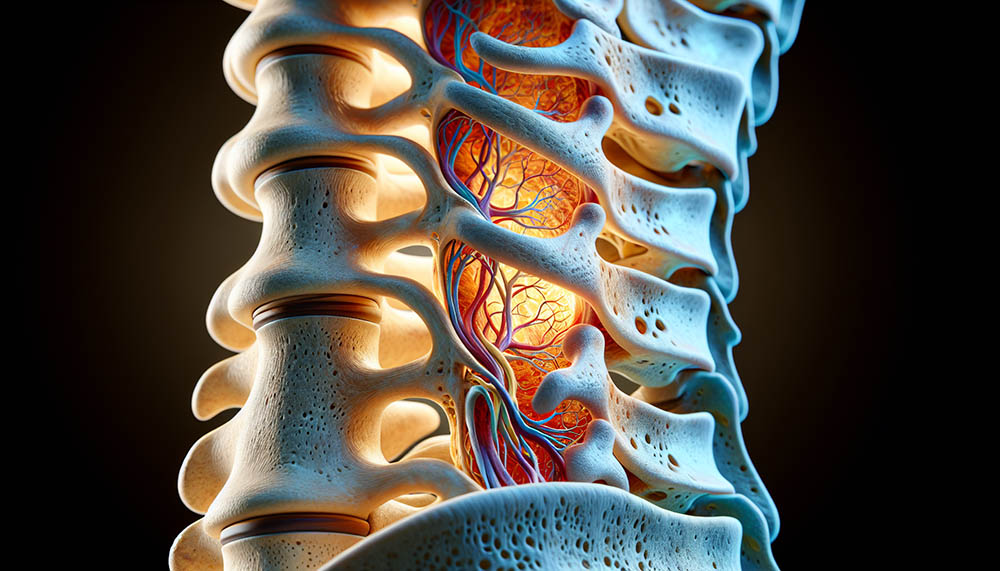
Spinal stenosis is a chronic degenerative disease. This pathology is characterized by a narrowing of the lumen of the spinal canal and intervertebral foramina. Similar changes occur if soft, cartilage and bone tissues begin to expand towards the space of the spinal cord and spinal nerve roots. As a result, excessive pressure is placed on the nerve structures and blood vessels that are located in this area, which leads to ischemia and inflammatory processes.
As the disease progresses, it can lead to severe pain, disruption of internal organs, paresis, and paralysis. If you start treating spinal stenosis in a timely manner and contact qualified specialists, it is possible to eliminate the symptoms and restore your health. MedTour will help you find a clinic that uses the most advanced methods for treating spinal stenosis, performs minimally invasive surgeries using the latest equipment, and employs leading experts in the field.
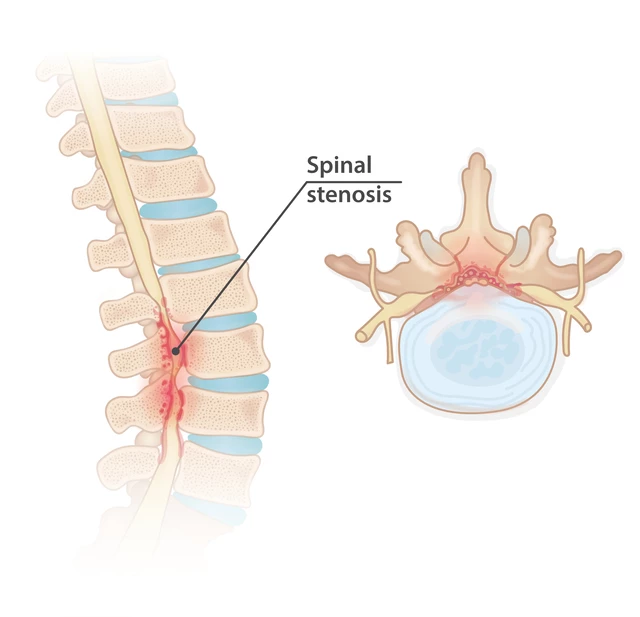
There are various possible causes and prerequisites for the formation of stenosis in the spine. Among the most common are the following:
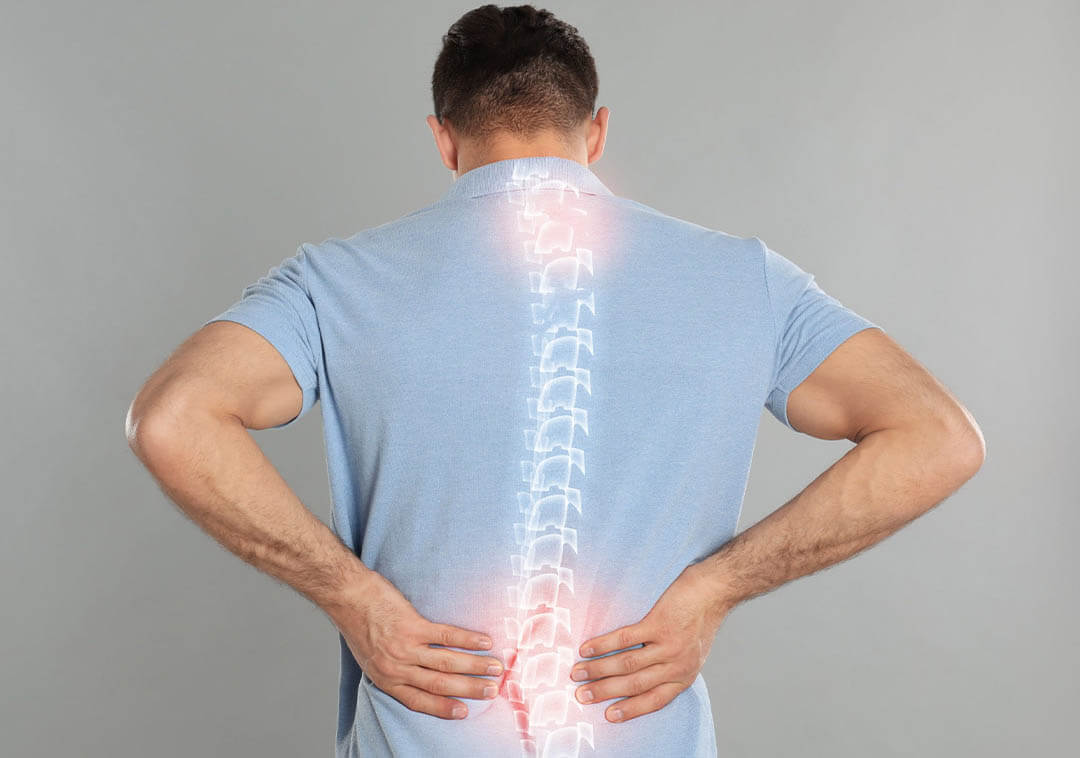
Manifestations of degenerative disorders in the spinal canal depend on the location where ischemia of the nervous tissue develops.
With degenerative stenosis of the cervical spine, the following symptoms are observed:
With thoracic spinal stenosis, the following symptoms occur:
Narrowing of the spinal canal in the lumbar region is manifested by the following symptoms:
Spinal stenosis is a chronic disease, as it develops, pathological changes become more pronounced. Accordingly, the symptoms and intensity of manifestations may worsen over time.
In the later stages, stenosis of the intervertebral canal can cause serious disturbances in the functioning of internal organs, paralysis, and even a risk of death. To prevent this, it is necessary to begin treatment of spinal stenosis on time and use effective methods.
Doctors distinguish between primary and secondary spinal stenosis. Primary spinal stenosis is referred to as a congenital disorder; secondary spinal stenosis develops throughout life under the influence of various factors.
Taking into account the characteristics of the development of narrowing, experts distinguish the following types:
In addition, degenerative spinal stenosis is divided into:
The relative form of the pathology may not produce symptoms or appear rather weakly. It responds quite well to conservative treatment. With proper therapy, it is possible to take control of the disease and live with it.
Absolute spinal stenosis always produces symptoms, is accompanied by pain, and interferes with leading a normal lifestyle. In such a situation, surgery for spinal stenosis is usually required, otherwise the condition will worsen, which can lead to disability.
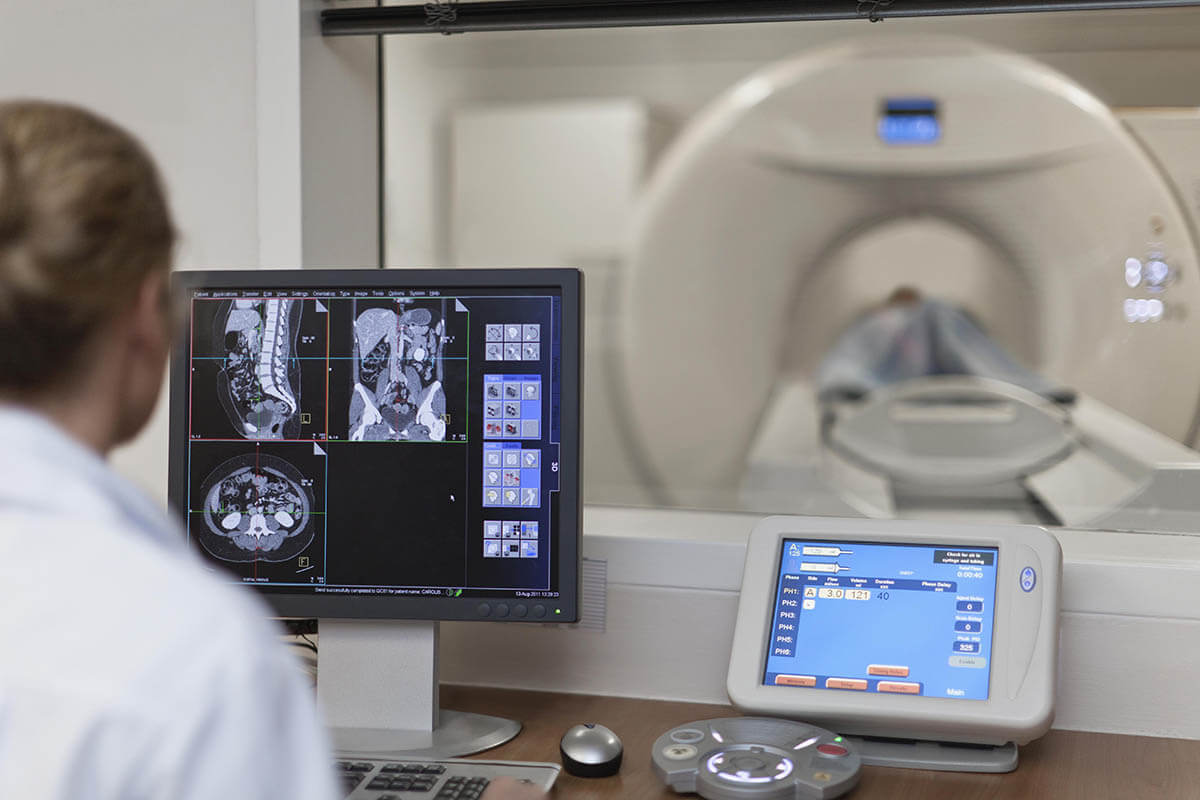
Accurate diagnosis of a condition in case of suspected narrowing of the spinal canal involves carrying out the necessary examinations, which may include:
Treatment is selected after determining the clinical picture, identifying changes in specific areas of the spine, accurately determining the location, stage of the disease and the characteristics of the narrowing of the spinal canal.
Treatment of degenerative spinal stenosis can be either conservative or surgical. The treatment strategy should be selected individually, taking into account how the pathology manifests itself, which area of the spine is affected and how severe the degenerative changes in the spine are.
In the early stages of the disease, doctors usually offer treatment for spinal stenosis without surgery. Conservative therapy may include:
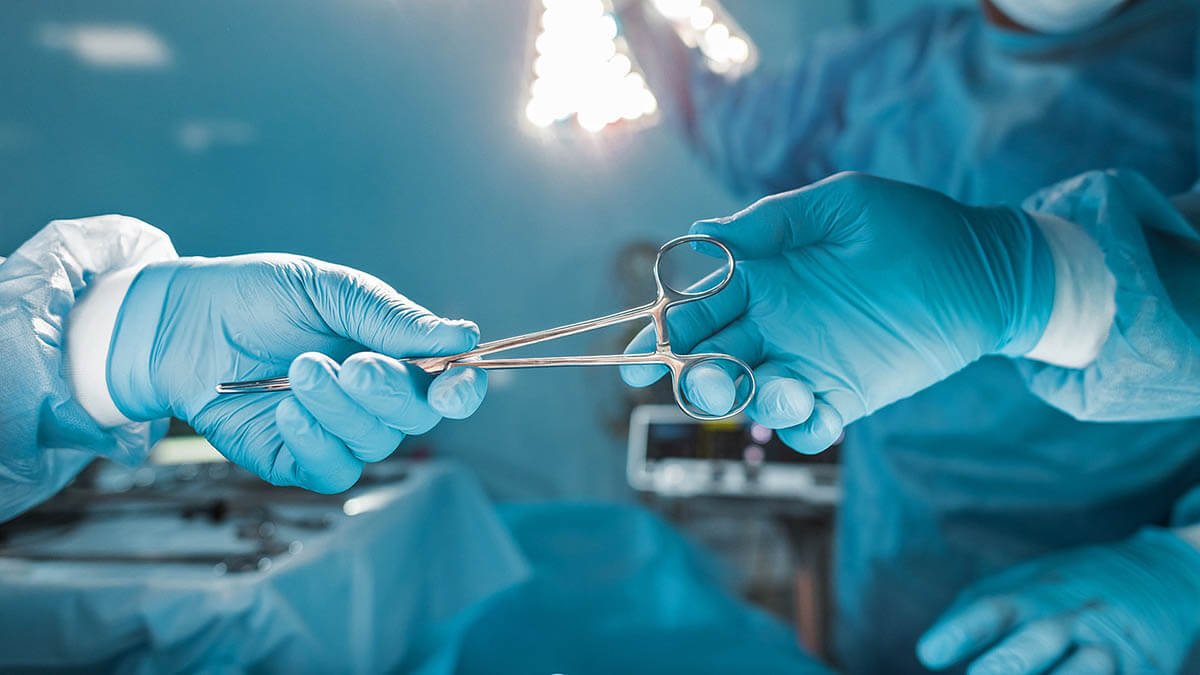
The operation is performed to release nerve endings that are compressed as a result of narrowing. To do this, surgeons remove cartilage and bone growths or fix unstable elements of the spine that led to displacement and compression. Both types of surgical interventions can be performed simultaneously.
Specialists from leading neurosurgical centers perform such operations using minimally invasive microsurgical and endoscopic techniques. Such surgical interventions are performed through small incisions in the back using an operating microscope or endoscope with a camera and special microsurgical instruments. The advantages of minimally invasive neurosurgical operations are: minimal trauma to healthy tissue, low blood loss, and the ability to carry out complex manipulations with maximum precision and effectiveness.
Commonly used surgical interventions include:
The cost of surgical interventions for narrowing of the spinal canal can vary significantly. Pricing is influenced by various factors:
To consult on the price of surgery and other treatment in clinics in different countries, to find out more about certain treatment methods, contact the MedTour coordinating doctor.
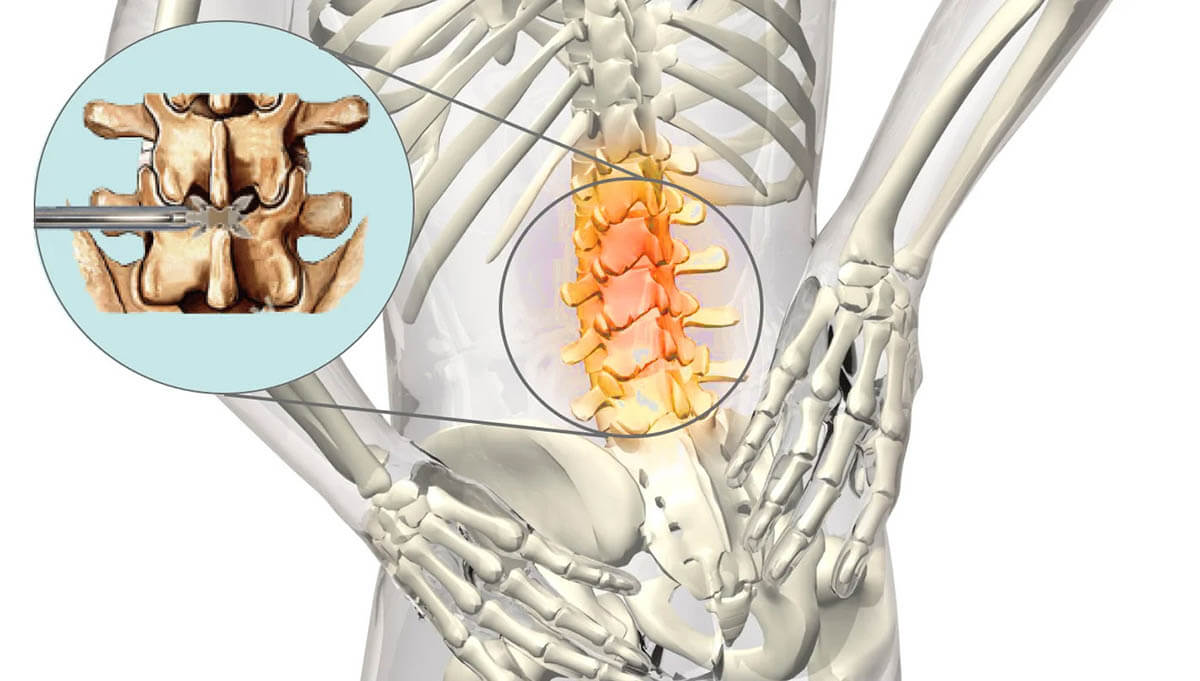
About 80% of all cases of the disease are localized in the lumbar region. This is due to increased load on the lumbar region. Treatment is carried out using the above-mentioned conservative and surgical methods, which are selected depending on the nuances of the condition.
The occurrence of pathology in the neck area is considered the most dangerous. If the vertebral artery is damaged, breathing may stop, which can be fatal.
For cervical spinal stenosis, treatment may include laminoplasty in addition to standard surgical techniques. This is an operation in which the spinal canal is widened by cutting on one side of the vertebral arch and opening it. To prevent “closure” from occurring, a special graft is installed, which allows the lumen to remain wider. Also, several cervical vertebrae are often additionally fastened to avoid the occurrence of cervical kyphosis.
Without treatment, this degenerative disease can cause disability. However, if you turn to good specialists and choose the right therapy, the prognosis is favorable. Modern treatment methods make it possible to take control of the disease and normalize well-being. According to statistics, in more than 80% of cases after surgery, pain and other symptoms go away, the condition noticeably improves, and the result lasts for many years.
MedTour cooperates with medical centers where treatment of degenerative spinal stenosis is carried out using the most modern methods.
We work with such world-famous clinics as Teknon Medical Center (Spain), Istinye Liv University Hospital (Turkey), Samsung Medical Center (South Korea) and many other institutions that occupy leading positions in this field of medicine.
On the MedTour platform you can choose the medical center that suits you best. A list of clinics that treat spinal stenosis can be found on our website. To get more detailed information on clinics and the nuances of traveling for treatment to different countries of the world, contact our coordinating doctor.
To choose a doctor who specializes in the treatment of this disease, has extensive experience and a good reputation, contact us. We cooperate with the best specialists in the field of neurosurgery from leading clinics around the world, and will help you find the doctor who is most suitable for you.
The MedTour medical coordinator will tell you about possible options and provide detailed information about doctors and prices for their services.
Please rate the work of MedTour
